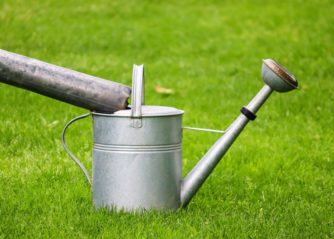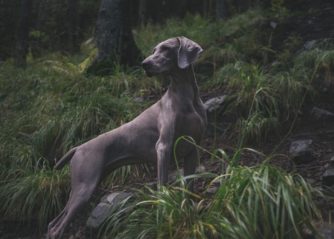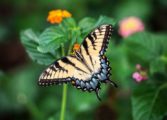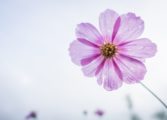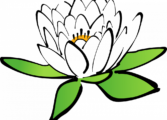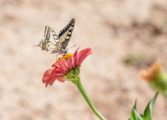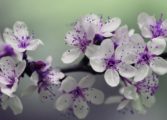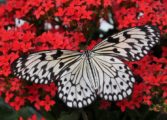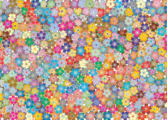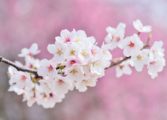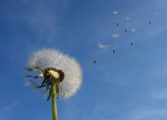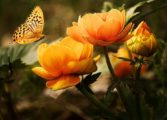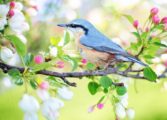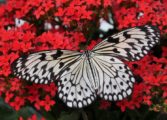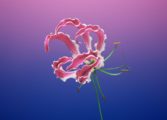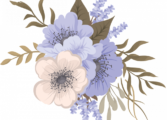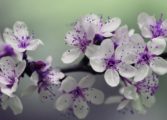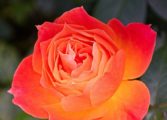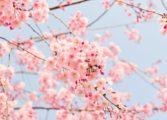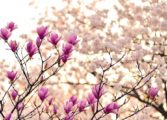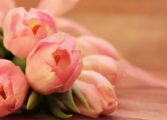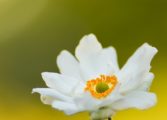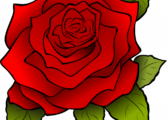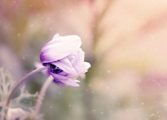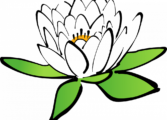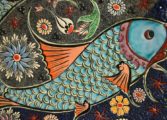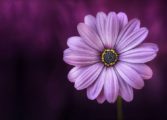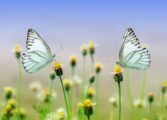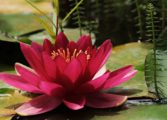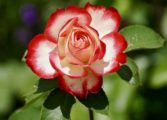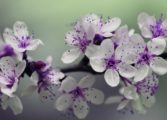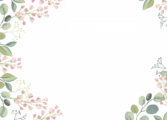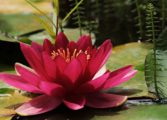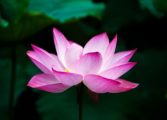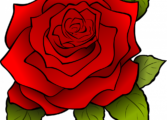A Comprehensive Guide to Space Cake Caladiums
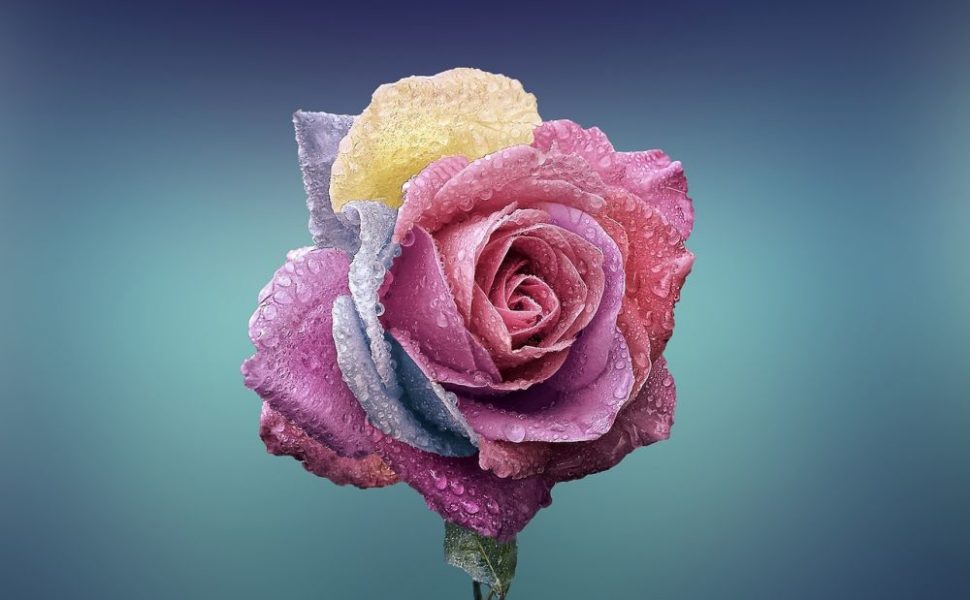
Introduction:
The space cake caladium, also known as ”palettblad” in Swedish, is a captivating plant that has gained popularity among gardening enthusiasts and indoor plant lovers. In this article, we will provide a detailed overview, extensive presentation, quantitative measurements, a discussion on their differences, and a historical analysis of the pros and cons of various space cake caladiums.
1. An Overview of Space Cake Caladiums:
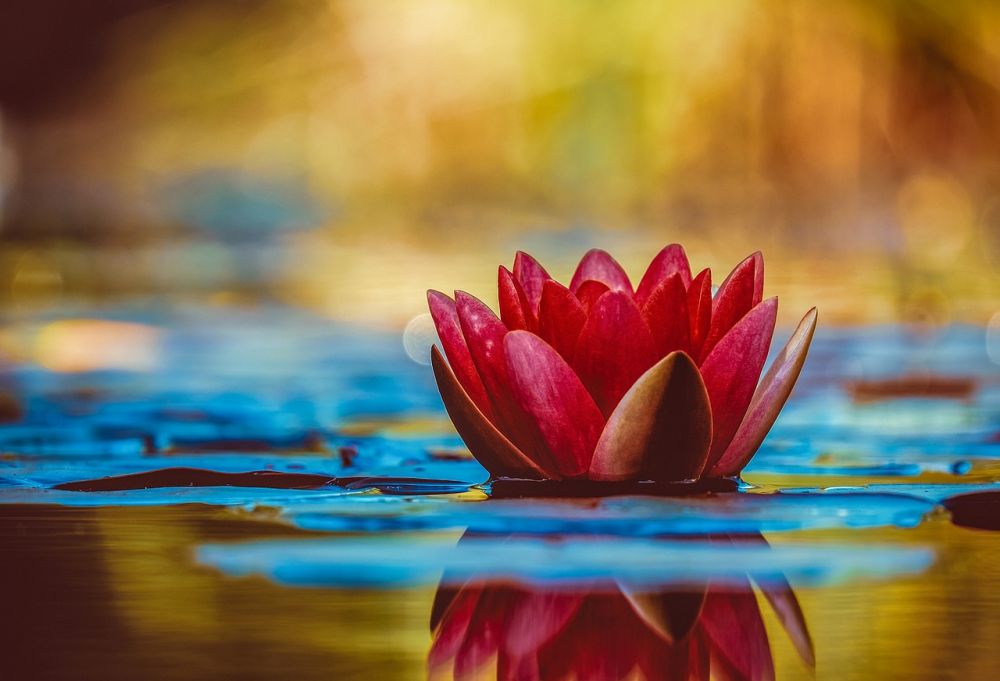
Space cake caladiums are tropical plants with vibrant, heart-shaped leaves that display unique patterns of contrasting colors. They are native to South America and belong to the Araceae family. These plants are known for their ability to add an exotic touch to any indoor or outdoor garden.
2. Presentation of Space Cake Caladiums:
There are several types of space cake caladiums, each with its distinct characteristics and popularity. Some popular varieties include:
a. White Queen: This variety features white leaves with green veins and edges, creating a visually striking contrast.
b. Candyland: Candyland caladiums have bright pink leaves with dark green veins, exuding a playful and energetic vibe.
c. Cosmic Delight: With dark purple leaves adorned with green borders and veins, this variety adds a touch of mystery and elegance to any setting.
3. Quantitative Measurements of Space Cake Caladiums:
When it comes to space cake caladiums, certain quantitative measurements can help gauge their size, growth potential, and overall suitability for different spaces. These measurements include:
a. Leaf size: Space cake caladiums typically have leaves that range from small to large, with the largest ones exceeding 12 inches in length.
b. Growth height: Depending on the variety, space cake caladiums can grow anywhere from 12 inches to 30 inches in height.
4. Discussion on Differences among Space Cake Caladiums:
Space cake caladiums vary in terms of leaf color, patterns, plant size, and growth habits. Some varieties have more prominent veins or borders, while others feature a higher degree of color contrast. These differences contribute to the overall aesthetic appeal and the ability to complement diverse interior design styles.
5. Historical Analysis of Pros and Cons:
Over the years, space cake caladiums have been favored for their beauty and unique characteristics. Some factors to consider when assessing their pros and cons include:
a. Pros:
– Eye-catching foliage: The colorful leaves of space cake caladiums can elevate the visual appeal of any space.
– Adaptability: These plants are suited for both indoor and outdoor environments, making them versatile options for various settings.
– Low maintenance: Space cake caladiums are generally easy to care for, requiring moderate watering and indirect sunlight.
b. Cons:
– Sensitivity to temperature: Space cake caladiums are sensitive to extreme temperatures and prefer warm, humid conditions.
– Toxicity: While beautiful, the leaves of space cake caladiums are toxic if ingested, so caution should be exercised around children and pets.
Conclusion:
Space cake caladiums are captivating plants that offer a burst of color and exoticism to any garden or indoor setting. With their range of varieties, vibrant patterns, and unique characteristics, they have become increasingly popular among gardening enthusiasts. By understanding their qualities, differences, and historical context, individuals can make informed decisions about incorporating these stunning plants into their own spaces.
